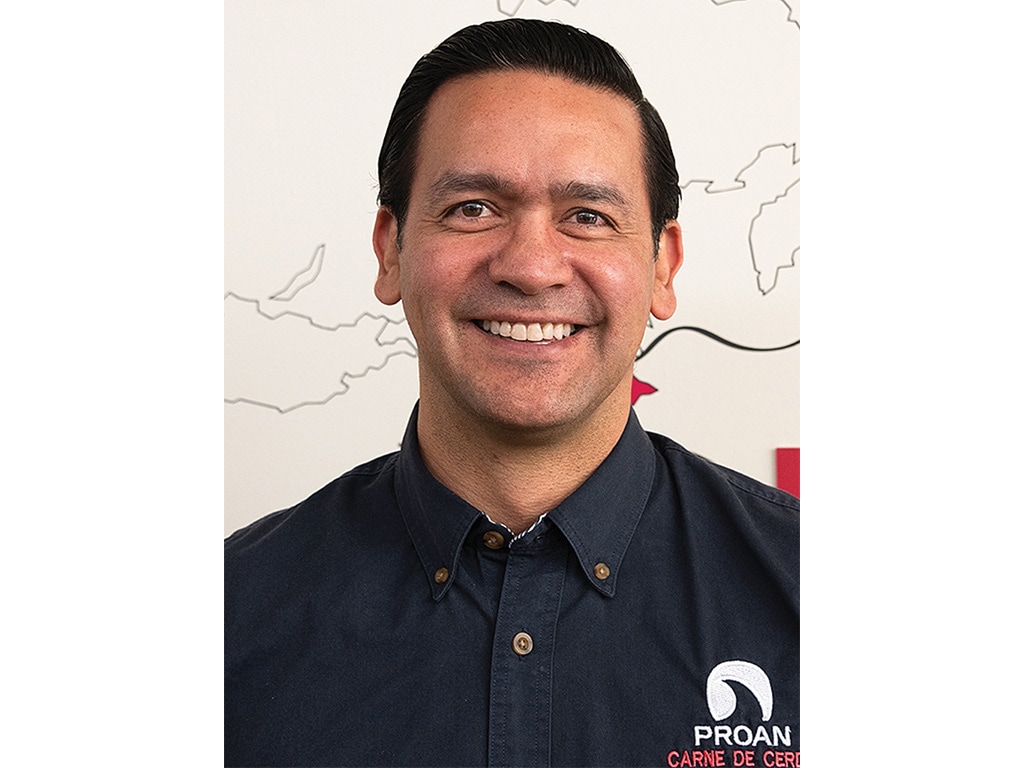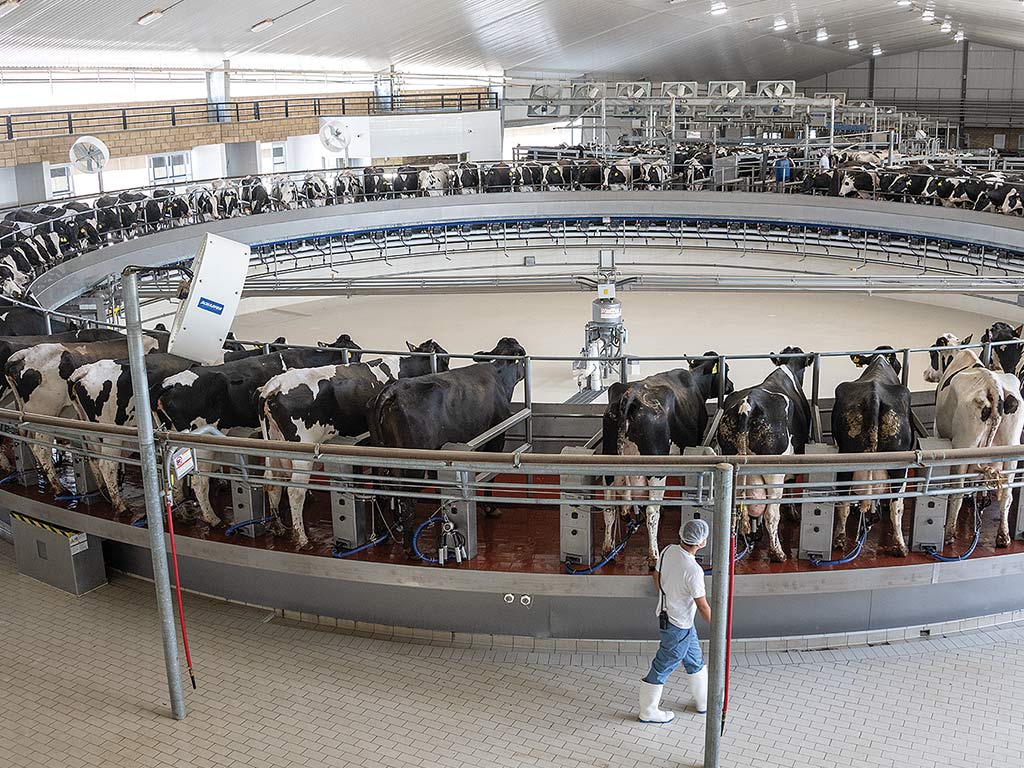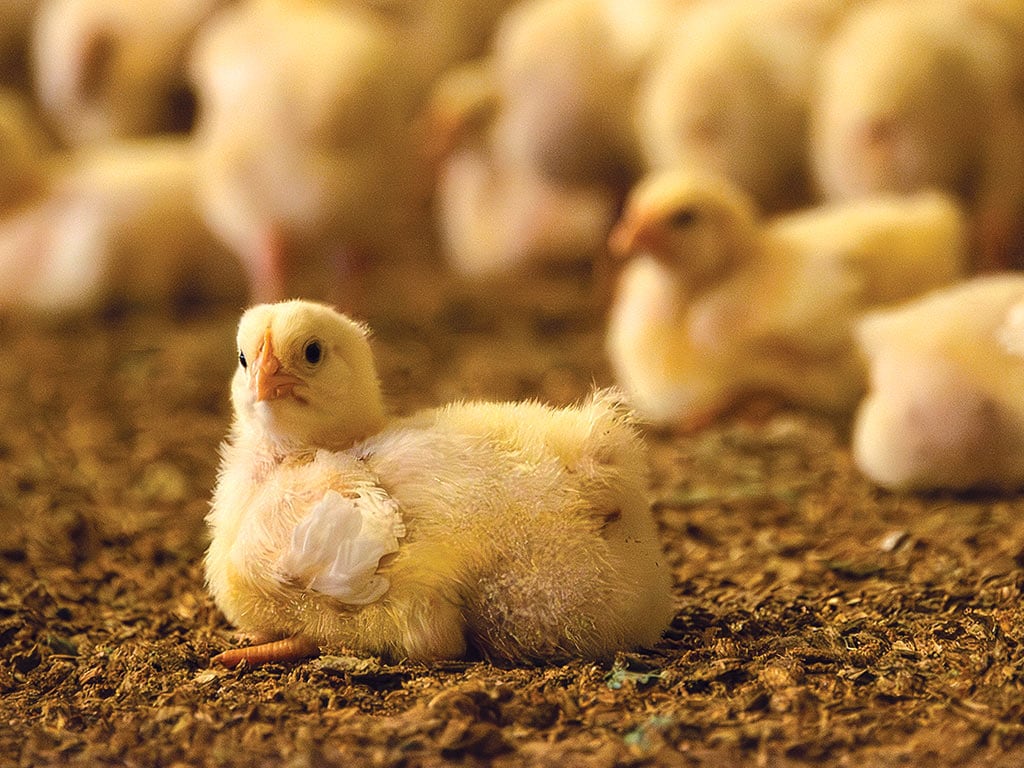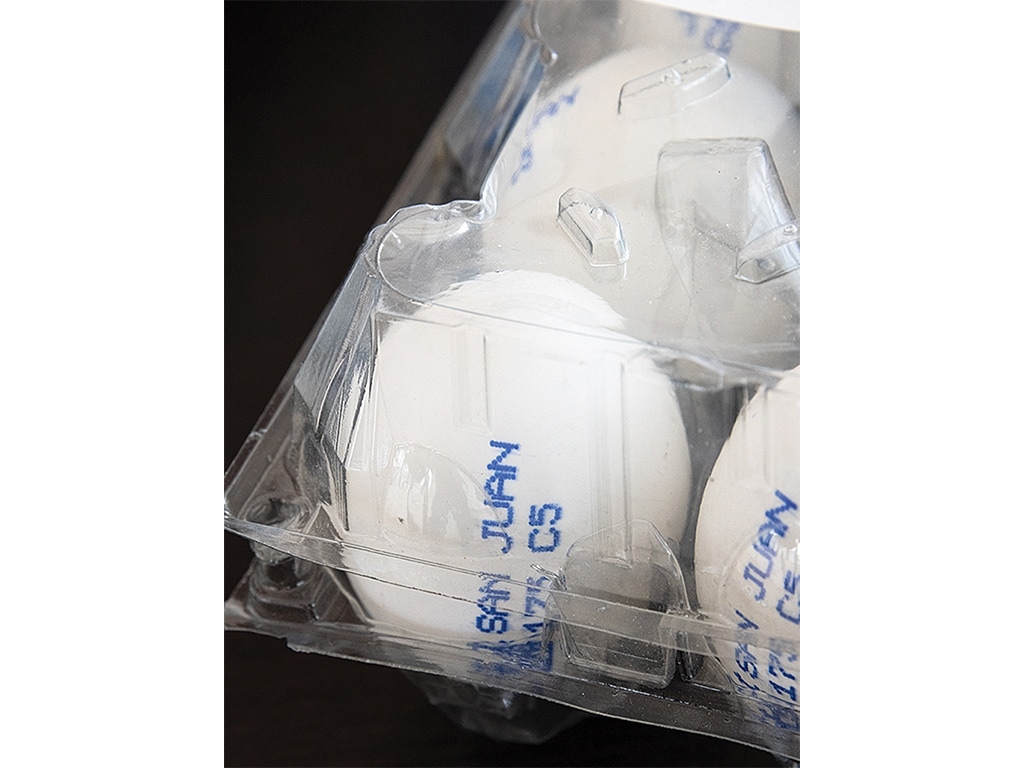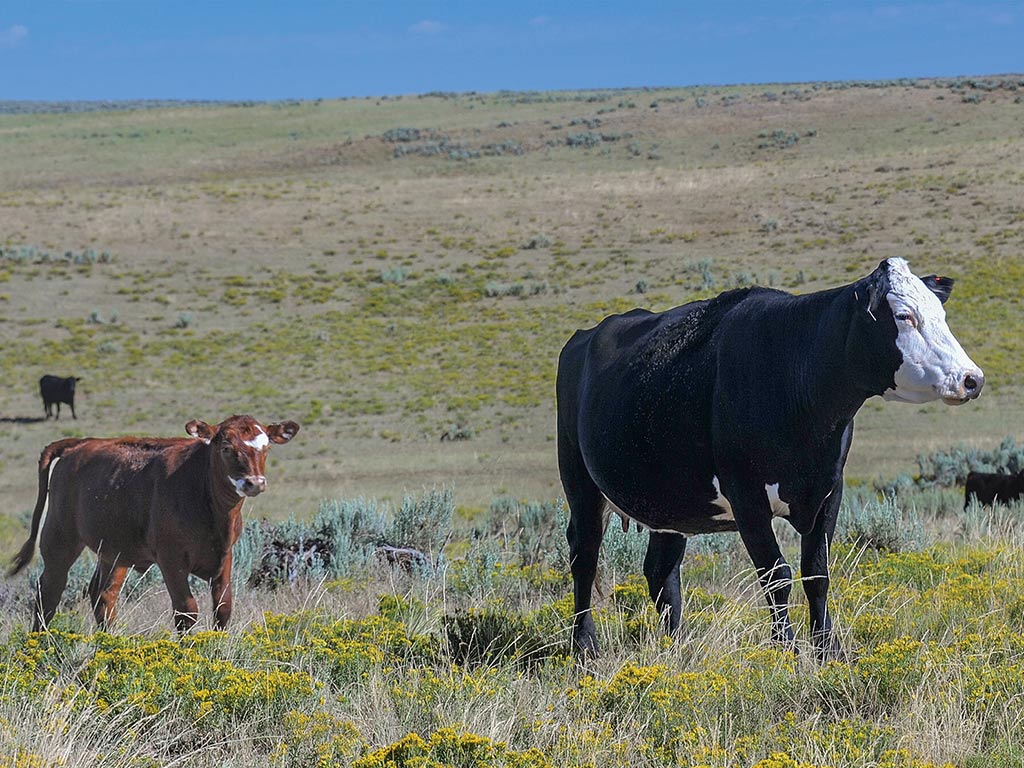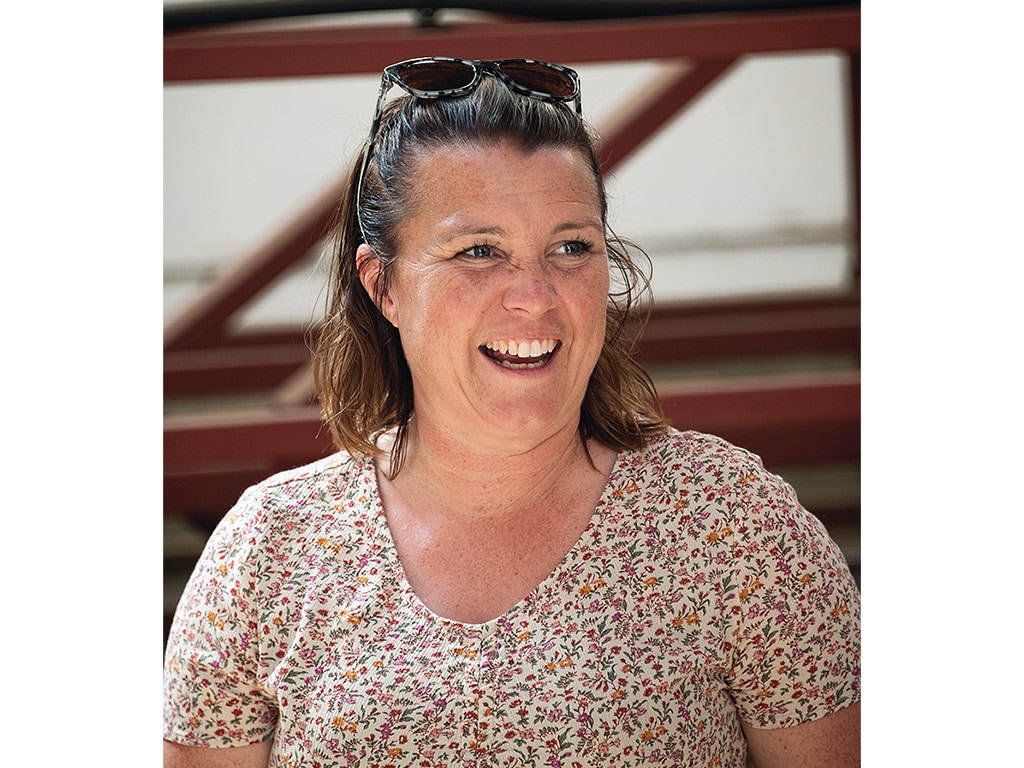Agriculture, Sustainability January 01, 2024
The Good Life
.
Growing protein demand comes with more consumer demands.
To billions of people around the world, a diet rich in animal protein represents the good life. As populations and incomes rise, global demand for protein is rising—as are demands about how that protein is produced.
A 2017 paper by the Irish agriculture agency Teagasc projected an increase in global consumption of animal proteins of between 32% and 78% by 2050. An environmental activism website called The World Counts predicts meat consumption will double over 2008 levels to as much as 570 million metric tons (mmt) by that year.
That's great news for North American livestock producers. Canadian pork producers currently export 90% of their product, while more than half of the country's beef is exported. U.S. producers exported 27.5% of their pork, 18% of their milk and poultry, and 15% of their beef. And those export markets are becoming increasingly valuable, explains Colin Woodall, CEO of the National Cattlemen's Beef Association (NCBA).
"There was a time when exports were really focused more on our variety meats—tongues, hearts, livers, kidneys, etc.," he says. "But as we have seen the increasing middle class around the world, as we have seen the desire not only to eat protein but to eat higher quality cuts of protein, we're seeing the market for tenderloins and ribeyes and higher quality cuts also grow."
As producers around the world compete for those new customers, many face growing pressure to reduce their environmental footprint. In 2022, the Dutch government announced a $26 million plan to reduce dairy's nitrogen emissions in part by buying out many farmers. In 2023, the Danish government floated a $100-per-ton tax idea on farm carbon emissions, similar to a tax levied the year before on other Danish industries.
Above. Omar Romo Jimenez, export manager for Proan's pork business, says Japanese consumers are very interested in the environmental footprint of their pork. Among Proan's 12,000 Holsteins are 5,500 raised and milked in high-tech, climate controlled barns. Benchmarking tools help poultry growers measure environmental impacts. Each of Proan's San Juan eggs is traceable back to the farm. Aquaculture is growing. U.S. beef set bold sustainability goals. Jens Legarth of European Protein. Beans are a key protein source. Andrea Stroeve-Sawa of Shipwheel Cattle Feeders in Alberta says holistic management allows her to stock pastures at six times the typical local rate.
Voluntary. North American livestock groups are working to stay ahead of regulators by adopting voluntary steps. Benchmarking tools help producers measure the environmental impacts of a wide range of operations from chicken houses to dairy barns.
The National Pork Producers Council included environmental management in its six-part We Care principles, and the U.S. dairy and beef industries set bold carbon neutrality goals.
Woodall says the goal of climate-neutral U.S. beef by 2040 starts a key conversation with regulators and consumers.
"The genesis of these goals is to help tell the story of what we've already done, and to show quite clearly that we're going to continue to evolve."
He adds that a key to achieving environmental sustainability goals is keeping producers on the land as part of the solution, sequestering carbon with crops and rangeland vegetation.
Less waste. Reducing waste is also a key strategy in improving environmental footprint. A visit to Proan's San Juan de Lagos facility in Mexico's Jalisco state provides a glimpse at a high-efficiency, low-waste megafarm of the future.
If you didn't notice the huge grain silos and steady stream of refrigerated trucks, you'd think you were at a corporate park. But Proan's clean, quiet compound houses climate controlled barns with artificial sunrise and sunset for 5,500 Holsteins. Many of the company's 32 million eggs per day are laid there, and the recycled packaging that protects them is made on-site. There's a mill mixing 500 metric tons of feed per hour, a bakery, an ice cream plant, and a pet food factory. And there's a slaughterhouse that processes 2,000 pigs per day for consumers across Mexico, Asia, Canada, and the U.S.
"We try to use all the pig: blood, hair, nails," says Omar Romo, Proan's pork export manager.
Feed, too. Trends in animal protein are shaping feed markets, too. Aquaculture is booming, a boon for soybean meal, the world's top feed for farmed fish. Meanwhile, seaweed is showing value in livestock feed for its methane-reducing activity and micronutrients.
Soybeans and canola are getting a new look through systems like Danish company European Protein's solid-state lactic acid fermentation process, which founder Jens Legarth says shifts gut microflora to improve feed efficiency and productivity.
"We can show if the gut is working right, we can reduce feed protein in sows by 10%," he says.
European Protein is even fermenting plant protein products for humans. The plant-based meat substitute market hasn't taken off as expected, but a 2021 projection at the World Economic Forum predicted plant proteins at 11% of the overall protein market by 2035.
Of course, that's great for growers of soybeans and pulses. It's also spurred investment by Danish Crown, a cooperative of 5,600 cattle and hog producers.
"Even though we are a meat company owned by meat producers, we see ourselves as more of a food company than a slaughter company," says Jais Valeur, Danish Crown CEO.
Clearly, the good life will be a multi-faceted affair. ‡
Read More

AGRICULTURE, FARM OPERATION
Tech@Work
John Deere's advanced automation features—a game changer in small grains.

AGRICULTURE, LIVESTOCK/POULTRY
Sale Day in Mankato
A small town's sale barn is a boon to this county.


